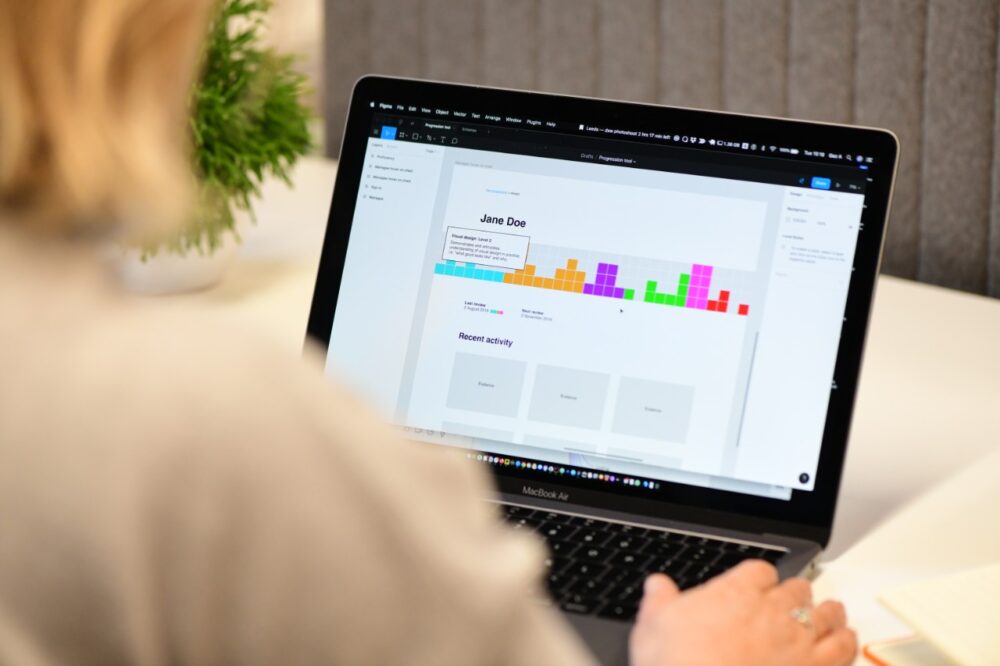Maybe you don’t need a dashboard

Dashboards can be incredibly powerful – but they aren’t always the right tool for the job
I recently read Lucy Chambers’ blog post “Keep Calm and Make a Dashboard.” It got me thinking about why so many people think they need a dashboard when maybe they don’t.
In my early days as a performance analyst I spent most of my time scoping, building and maintaining dashboards. I probably took for granted that this was at an organisation where the dashboards genuinely did what they were supposed to do. They were central to the day‑to‑day running of a critical service, and new front‑line staff often remarked that our dashboards were far slicker and more useful than those in their previous workplaces.
Since then I’ve had a much more mixed experience. Every so often someone will ask me “Can you put this information in a dashboard?”.
Why do dashboards seem to be the default?
I have a few theories:
1. One single view. A senior stakeholder once asked for a dashboard to show lots of different metrics about a product – things that included accessibility audit results and system usability scale (SUS) results. All this information already existed, but it was scattered across SharePoint folders. Getting some of the info out of its original format and into something that could be ingested by Power Bi required a disproportionate manual overhead. What the stakeholder really wanted was a single, easily accessible view – not necessarily a dashboard.
2. Bad analysis reports. I think this is a big one. A lot of other analysis reports can be overly technical and hard to read. When creating a dashboard you’re forced to limit what appears on screen, which naturally distils information. I think people sometimes ask for dashboards because the alternatives aren’t good enough. They don’t want to spend hours reading and trying to understand what a long report is trying to tell them, or to have to translate the technical jargon into a language they can understand.
3. Limited analysis resource. Stakeholders worry that if they need refreshed data they’ll have to wait ages. By front‑loading the work into a self‑service dashboard they hope to minimise future requests to the data team. This often ends up in them asking for lots of different data that, when pressed, they can’t explain why they need.
By having better alternatives, can we nudge stakeholders towards other, more appropriate formats?
One‑off analysis vs ongoing monitoring
Just before starting my role with the Breast Screening Reporting team at NHS England, I worked with an amazing group in Cervical Screening. They wanted to tell the story of a pilot that shifted from paper invitations to digital‑first invitations. They needed an asset they could use across multiple forums and audiences, clearly showing the pilot’s impact.
They could have asked for a dashboard – indeed, they’re now setting one up for the live service – but together we decided that a one‑off piece of analysis was the right format for telling that story.
To dashboard or not to dashboard? Nine quick questions
Is this a recurring question or request? If it’s one‑time, a dashboard is likely overkill.
Will the data change regularly? Dashboards are ideal for dynamic data, not static snapshots.
Who is the end user, and how often will they use it? If they won’t check it regularly, consider a simpler format.
Do users want to explore the data themselves? Dashboards shine when people need to filter or drill down.
Is the goal monitoring or decision‑making? Dashboards suit ongoing monitoring; a single decision might just need an insight.
Do users understand the metrics and context? If not, curated insights may serve them better.
Is there already a dashboard or report that answers this? Reuse before you rebuild.
Do I have the time and data quality to support this long term? Unreliable pipelines create confusion.
Will this dashboard reduce future manual work? If it won’t cut down on repeated requests, the ROI may not be worth it.
Final thought
Dashboards can be incredibly powerful – but they aren’t always the right tool for the job. Before jumping straight to “build me a dashboard,” it’s worth pausing to ask what problem you’re really trying to solve and who needs the answer. Sometimes a clear, well-crafted piece of analysis will tell the story far better than a dashboard ever could.